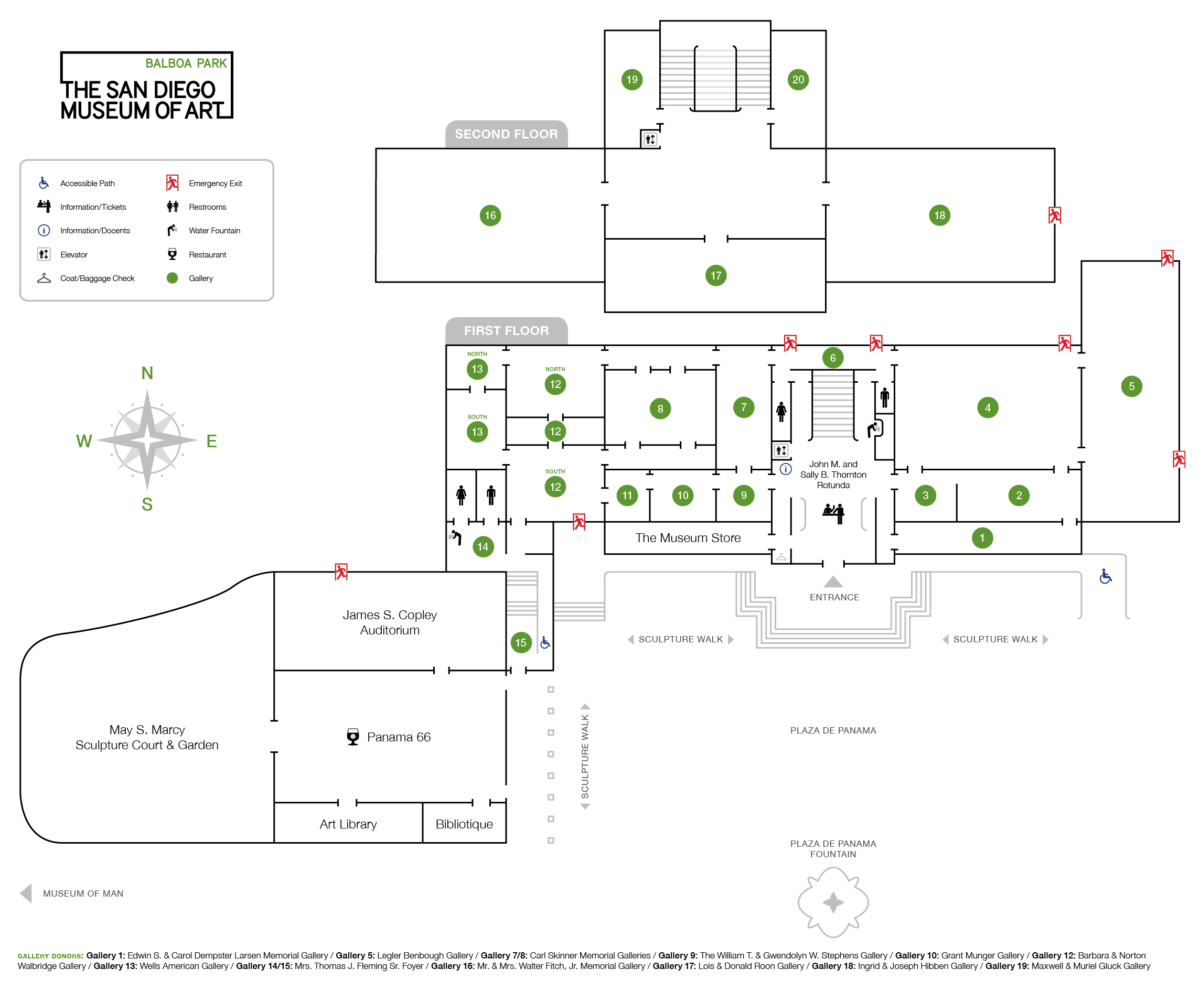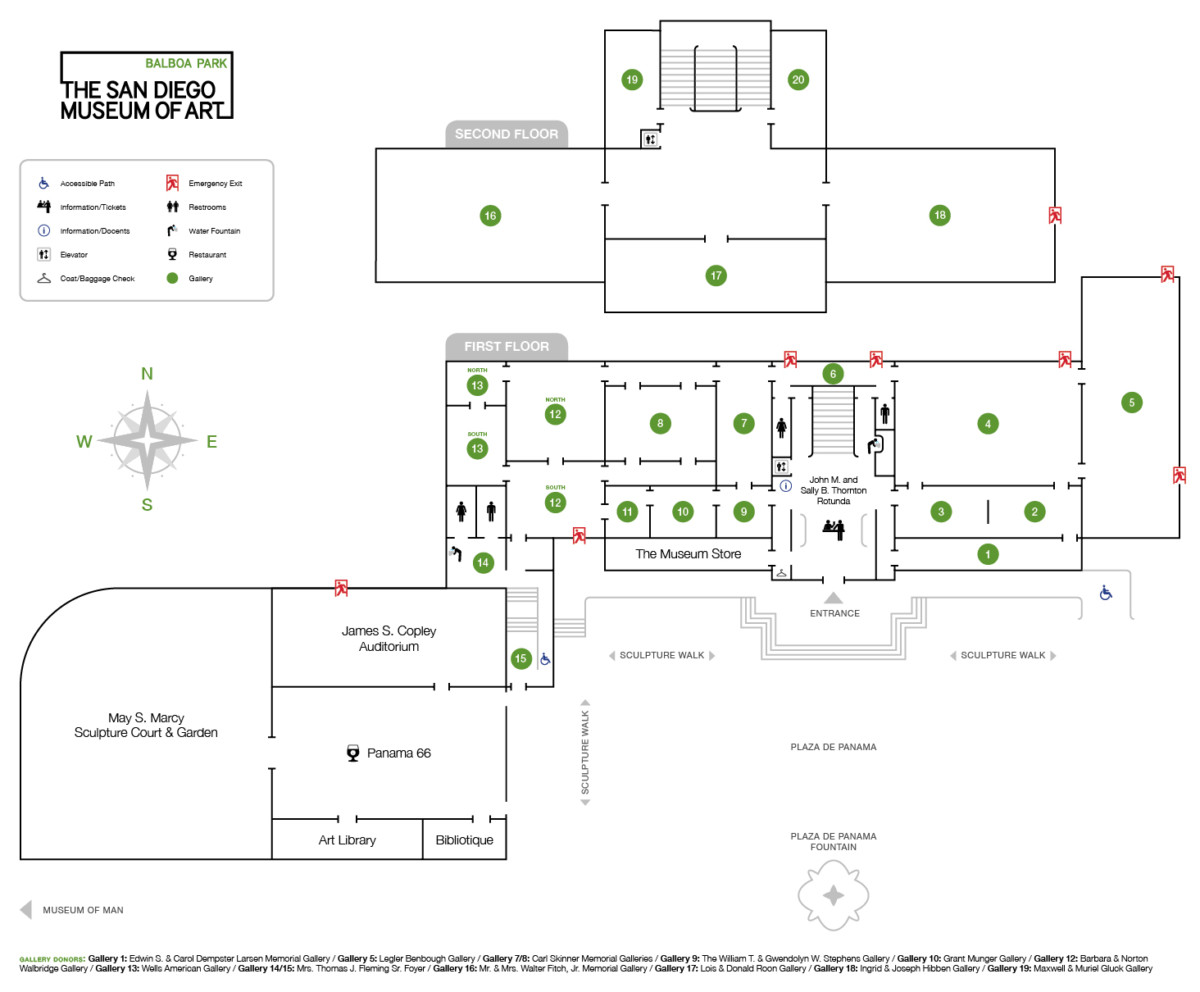April 4–September 20, 2026
Known for his beguiling portraits of Paris nightlife and the unvarnished local characters of Montmartre, Henri de Toulouse-Lautrec was born into an aristocratic family in the South of France in 1864. Growing up as a child with a disability that caused his legs to stop developing, Toulouse-Lautrec turned to drawing rather than the sports his family pursued. His short but celebrated career immortalized the cabaret culture of Belle Époque Paris and revolutionized the art of the poster. Working in the popular and modern art form of the color lithograph, Toulouse-Lautrec reached unprecedented audiences with spellbinding visuals and eye-catching colors. Inspired and encouraged by Impressionists such as Edgar Degas and his close friend Vincent van Gogh, and taking influence from the flattened color patterns of Japanese graphic arts, Toulouse-Lautrec left an unforgettable image of the spectacle, people, and performers of turn-of-the-century Paris.
Toulouse-Lautrec and San Diego
In 1987, the San Diego Museum of Art received the spectacular gift of over one hundred paintings, drawings, and prints from the Baldwin Foundation, then overseen by Maruja Baldwin Hodges. This gift drew from the collection of Baldwin M. Baldwin, a Toulouse-Lautrec connoisseur whose holdings of the artist’s work were among the most comprehensive in the world and which were first shown at The San Diego Museum of Art in 1972. In celebration of this gift and the Museum’s centennial, this exhibition shares approximately fifty works by Toulouse-Lautrec from the permanent collection.
Featured at top right: Henri de Toulouse-Lautrec, Moulin Rouge—La Goulue (detail), 1891. Lithograph, poster on paper. Gift of the Baldwin M. Baldwin Foundation, 1987.19.



